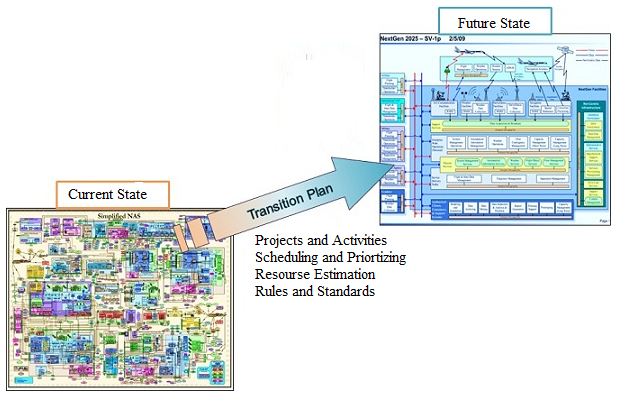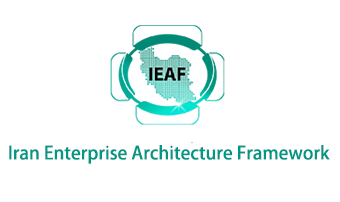Architecture is a well-known concept in all engineering disciplines as it provides a comprehensive view of both structure and behavior of complex and dynamic elements. Architecture also plays an important role not only in computer hardware and software but also in enterprises. Nowadays, there is an upward trend toward enterprise architecture, which is defined as “a set of business processes that help an organization transform its business vision and mission into effective enterprise-wide change through a clear understanding of its current (as-is) state and progressing towards attaining a better future (to-be) state.” Business models, processes, data and information, applications, and networks and technology infrastructure are considered as key parts of both current and future architectures. In addition, establishing standards, security consideration, and transition plans is vital for enterprise architecture development.

Government agencies can gain significant advantage of implementing enterprise architecture, including:
- ICT Alignment with enterprise missions and objectives
- Service, system, and database integration
- Providing the means for selecting appropriate IT solutions such as ERP, BPMS, Portal, ITIL, ISMS
- Manageability
- Reduced IT costs
- Offering integrated and efficient services to citizens
Moreover, benefits of developing nation-wide enterprise architecture (e-government) are:
- Providing a clear and inclusive view of guidelines, standards, technologies
- Agency architecture alignment with e-government architecture
- Reduced cost
- Avoiding duplication
- Achieving interoperability (e-GIF)
- Integrated delivery of government services
- Pave the way for centralized monitoring of agencies’ services and continuous improvement of indicators



